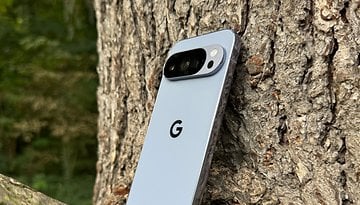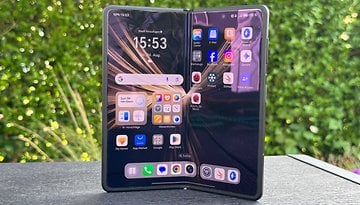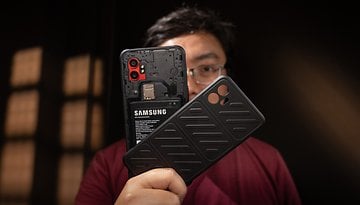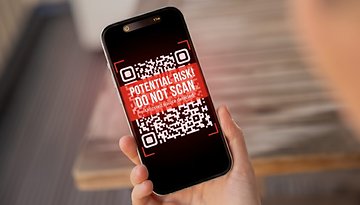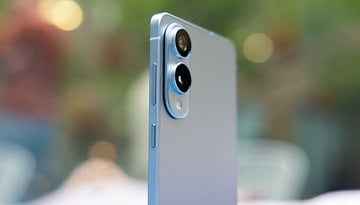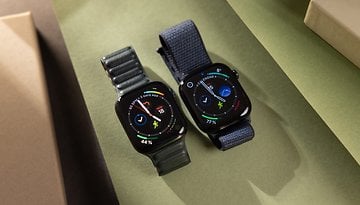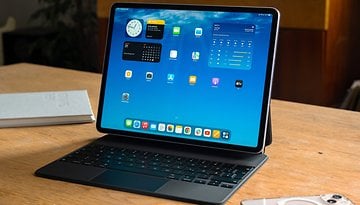OPPO Find X: Nothing to envy for its opponents
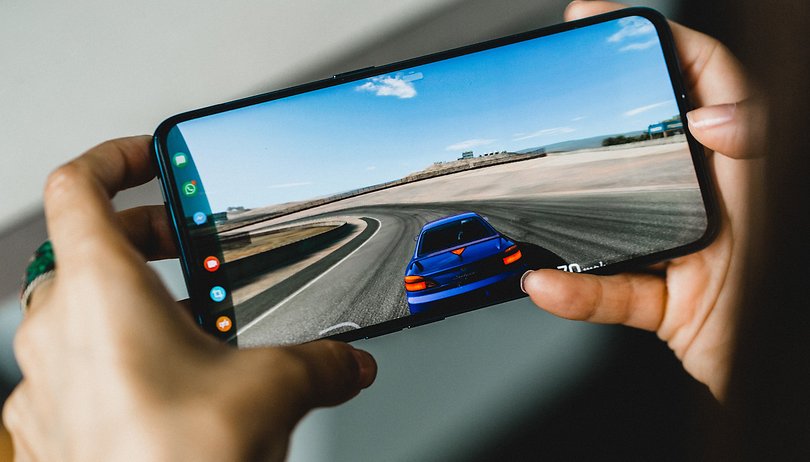

The OPPO Find X relies on the workhorse that its rivals have also utilized in 2018: the Snapdragon 845 from Qualcomm. The eight-core chip has already proven its capabilities on the market this year. Once again there’s no denying the performance and, packaged with a healthy amount of RAM and internal memory, the Find X is a real competitor in terms of performance.
Shortcuts:
How did we test the Find X?
As with any new device that lands on our desk here, the OPPO Find X underwent specific tests to check its performance. From the results of these tests, we can calculate and evaluate the graphical capabilities of a smartphone and compare it, objectively, to any other device on the market today. True to form, we put the Find X through the following benchmark tests.
The numbers are just that, numbers. They are indicative, but in this article, you will also read our impressions of the Find X related to daily use of the device in order to find out if it is able to meet your personal needs.
The results in comparison: better than Samsung and Huawei?
There's no compromise on power: the Find X integrates the Snapdragon 845 (consisting of 4 Kryo Gold 2.8GHz cores and 4 Kryo Silver 1.7GHz cores) with an Adreno 630 GPU, 8GB LPDDR4X RAM and 256GB of internal memory. It is not possible to expand the memory with a microSD card, however, the housing allows you to slap two SIM cards in there at the same time. It’s a useful feature for those who travel a lot or want to keep their private and working lives separate.
On Geekbench, the Find X scored a bit lower than other flagships with the Snapdragon 845 and the S9’s Exynos 9810 but outperformed the Kirin 970 in the Huawei P20 Pro and the older Snapdragon 835 in the Pixel 2 XL (which is to be expected). For everything, the Find X does more or less the same numbers as its peers running Qualcomm chips. On paper, at least, there are some differences with the Exynos 9810, which has worse graphical performance in terms of the 3D tests but the Chinese flagship outperformed even the flamboyant Note 9 in terms of the PassMark tests.
It is interesting to see that, as was the case with the Xiaomi Mi 8, the Find X is very close to the numbers the Sony Xperia XZ2 does. The Sony, however, is able to do slightly better in all categories thanks to the purity of its software.
The OPPO Find X benchmark tests
| Pixel 2 XL (Snapdragon 835) |
Huawei P20 Pro (Kirin 970) |
Galaxy S9 (Exynos 9810) |
Sony Xperia XZ2 (Snapdragon 845) |
OPPO Find X | |
|---|---|---|---|---|---|
| Geekbench CPU Single core |
1867 | 1920 | 3645 | 2412 | 2033 |
| Geekbench CPU Multicore |
6291 | 6780 | 8820 | 8420 | 7423 |
| 3D Mark Sling Shot ES 3.1 |
3571 | 2972 | 3274 | 4679 | 4642 |
| 3D Mark Sling Shot ES 3.0 |
4714 | 3346 | 3873 | 6140 | 5840 |
| 3D Mark Ice Storm Unlimited ES 2.0 |
37844 | 30602 | 38488 | 63589 | 63875 |
| PassMark Memory (RAM) |
13836 | 14087 | 24721 | 12418 | 11689 |
| PassMark Disk (Storage) |
47759 | 64144 | 72538 | 73208 | 71929 |
Using the Find X is a pleasure
Generally speaking, the Find X is fast for daily usage, during gaming, when switching between apps and when switching from one home screen to another. Playing games on the Find X is an absolute pleasure, especially when firing up games that require a bit more graphical punch. The display, from this point of view, plays a vital role.
Then there is the Game Space, which offers some options aimed at optimizing your device for a better gaming experience. You’ll be able to manage notifications to your taste from the Do Not Disturb section, activate graphical acceleration and add your favorite games by managing your My Games list. When you phone is in horizontal mode during gaming, you can access convenient shortcuts with a swipe to the left or right. These include capturing videos or taking a screenshot, and accessing messages apps such as WhatsApp or Messenger, for example.

On the Find X, everything runs smoothly. Even during the longest gaming sessions, the device did not show any abnormal signs of overheating. Only during the benchmark tests did the edges warm up a little, but it was nothing to worry about.
It’s nice to see the excellent job OPPO has done with its flagship here. The software, based on Android 8.1 Oreo and ColorOS 5.1, is more mature than on the debut OPPO R15. The highly personalized interface might not appeal to purists, but you get used to it.
Do you still have doubts about the performance of the Find X?







